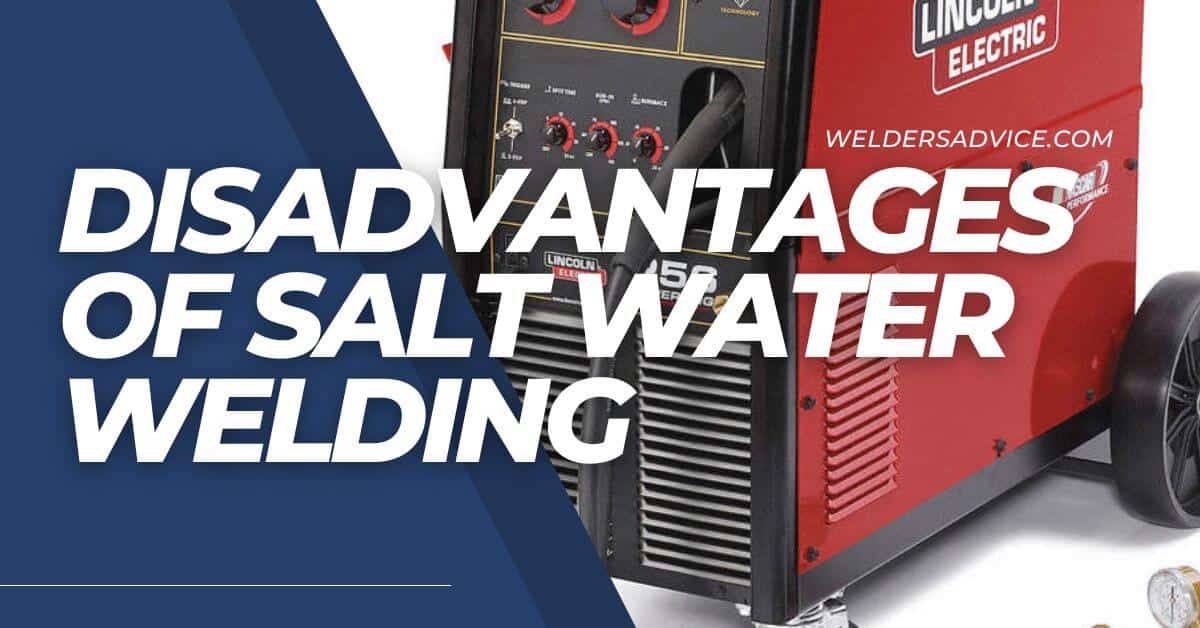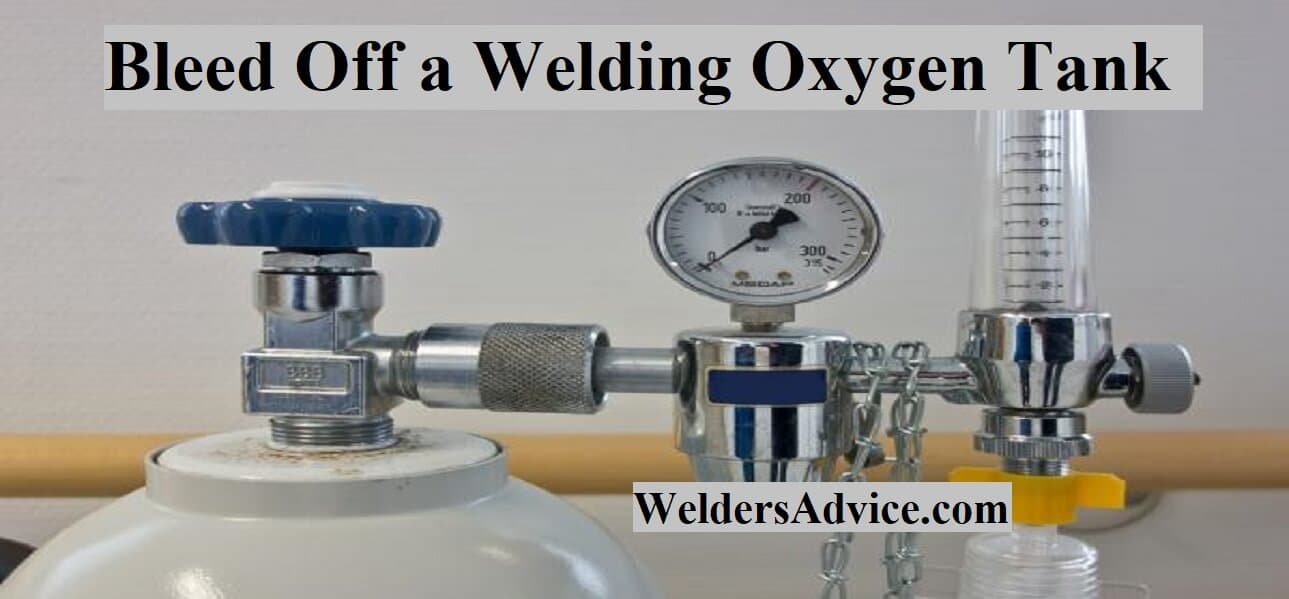Salt water welding is a welding technique that uses a salt water solution as a shielding gas. Instead of a traditional gas like argon or carbon dioxide. While this method has some potential advantages. It also has a number of disadvantages that make it less practical than other welding techniques in many situations. Let’s talk about Salt Water Welding Disadvantages.
Salt Water Welding Disadvantages
Limited application
Salt water welding is only suitable for welding certain types of metals, such as aluminum, magnesium, and brass. It is not suitable for welding steel or other common weldable metals.
High cost
The materials required for salt water welding, such as the salt water solution and specialized electrodes. Which can be expensive and may not be readily available in all areas.
Complex setup
Setting up a salt water welding system can be complex and time-consuming. In particular, for those who are unfamiliar with the process.
Health and safety concerns
The salt water solution used in salt water welding can be corrosive. And may pose a risk to the welder’s health if it comes into contact with the skin or eyes. In addition, the solution can generate harmful gases when it is heated. Which can be inhaled by the welder and cause respiratory problems.
Inefficient
Salt water welding is generally less efficient and less precise than other welding methods. And the welds produced may not be as strong or durable as those produced by other methods.
Higher skill
Salt water welding is a specialized welding process that requires a higher skill level than other welding processes. To use it correctly, you need to be an experienced person. And salt water welding involves immersing the material being joined in a saline solution. The welded items are then submerged in the saline solution to cool and set. It is primarily used in the repair of marine vessels and ships.
Time-consuming
The main disadvantage to salt water welding is that it is a time-consuming process. It requires a high level of maintenance and regular cleaning of the materials. This increases the overall cost of the welding process, as the material and the labor required to maintain the weld are both expensive.
Not suitable for metals
Another disadvantage is that salt water welding is not suitable for use on metals, as it can cause corrosion. While joining salt water damage the materials. And it can also cause the welds to be weak or unreliable.
Dangerous
Salt water welding can be dangerous due to the extreme heat generated during the process. This can cause burns or other injuries to the person conducting the welding.
Also Read: Blackline 200 AMP MIG Welder Review
Plastics and other materials
Salt water welding is not suitable for use on certain plastics and other materials. Saline solution can damage metal or plastics. This can cause the material to become brittle and weak. And it can also lead to the welds being unreliable or weak.
Overall, while salt water welding may have some potential advantages in certain situations. But the disadvantages of this method make it less practical and less commonly used than other welding techniques in many cases.
How Can You Overcome the Disadvantages of Salt Water Welding?
Salt water welding, also known as wet welding, is a welding process that uses salt water as a shielding gas to protect the weld from atmospheric contamination. While wet welding has some advantages, it also has some significant disadvantages, including:
- Corrosion: The salt water can cause corrosion of the weld and the surrounding base metal.
- Porosity: Wet welding can result in more porous welds due to the presence of water vapor.
- Spatter: The salt water can cause increased spatter and splatter during the welding process.
- Difficult to control: Wet welding can be more difficult to control due to the presence of the salt water, which can affect the arc and the weld pool.
To overcome these disadvantages, you can try the following:
Use corrosion-resistant materials: Choose materials that are resistant to corrosion, such as stainless steel or aluminum, to minimize the risk of corrosion.
Preheat the material: Preheating the material can help to evaporate any moisture and reduce the risk of porosity.
Use a dry shielding gas: Instead of using salt water, you can try using a dry shielding gas, such as argon or helium, to protect the weld from contamination.
Practice proper technique: Make sure you are using the correct welding technique and following proper welding procedures to minimize spatter and improve control.
Use a dry environment: If possible, try to weld in a dry environment to reduce the risk of water vapor contaminating the weld.
By taking these steps, you can help to minimize the disadvantages of salt water welding and improve the quality of your welds.
Final Thoughts
In conclusion, salt water welding has its advantages and disadvantages, making it an important tool to consider when deciding what welding method to use for a particular job. The disadvantages include the need for specialized equipment and a more expensive welding process, as well as the potential for corrosion to occur over time. Despite these drawbacks, salt water welding can be a viable option when the right tools and materials are used.






